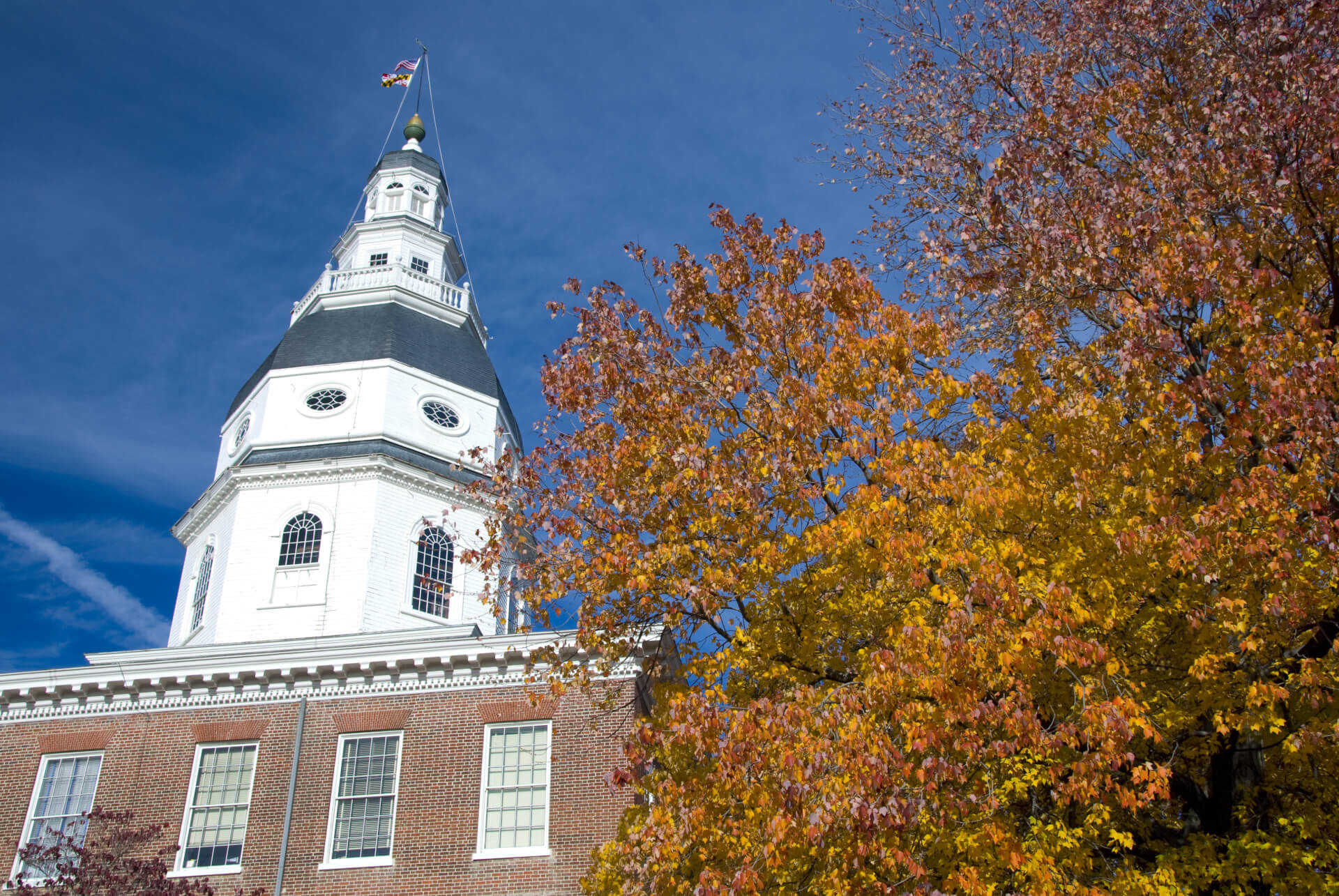
If there’s a lesson for Maryland in last week’s bittersweet humbling of Democrats, it’s in the demographics and not the politics.
In scattered elections across the country, voters of color asserted themselves with a convincing determination at the polls, sweeping aside long-held traditions and shibboleths to plant their flags and stake their claims.
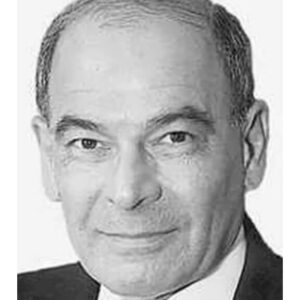
Frank A. DeFilippo
What began in the streets following the choking death of George Floyd by police expressed itself more decisively at polling places, though much of the fight was drained out of movements such as “defund the police.” In Minneapolis, the city where Floyd died, voters rejected a ballot question to replace the police department with a City Council-run department of public safety. (A similar ballot question is being considered for Baltimore voters to decide, according to reports.)
In Virginia, for example, a woman of color was elected lieutenant governor, a first on two counts, and a Latino man will be the next attorney general, another first. Both are Republicans, another asterisk for the two in what was regarded as a rising dependable Democratic state. Virginia’s Black population is 20.7 percent, or 1.63 million.
At least eight mayors of color were elected last week as firsts for their cities – including Boston, Pittsburgh, Kansas City, St. Petersburg and Cincinnati. Two persons of color, a woman and a man, face a runoff election for mayor of Atlanta.
That brings to 330 the total number of mayors of color in the U.S., including 73 women, and in eight of the 100 cities with the largest populations. This is the emphatic stamp of color and gender on urban politics in America and a further line of demarcation between city politics and those of suburban/rural areas of the map, in other words, the familiar blue vs. red.
But, then, it’s fair to maintain that Maryland has already accomplished much of this and more, except, of course, electing a governor of color, which Virginia did years ago with Doug Wilder. Maryland has had a succession of Black candidates for governor but none has ever been elected, nor has a woman.
Maryland, for the record, has had a woman lieutenant governor, three lieutenant governors of color, a Black state treasurer, and the speaker of the House of Delegates is a woman of color. The five subdivisions that straddle the I-95 corridor are packed with Black elected officials. The Black population of Prince George’s County is 64.4 percent and of Baltimore City, 61.7 percent.
And it’s also reasonable to recall that Maryland had its first Jewish governor in 1969 in a state where Jewish residents were prohibited from voting until 1824. This may sound quaint now, but it was a big deal back in 1969.
People of color were denied public accommodations in Maryland until a law was passed in 1964, even though there had been Black members of the General Assembly which convened in a capital city where hotels denied them lodging.
That was yesterday. Today’s population of people of color in Maryland – the cohort of Blacks, Hispanics and Asians – is the fifth-largest in the nation, and the largest Black population outside of the Deep South.
Black people alone make up 31.6 percent of the population and about one-third of the Democratic party’s voters. Hispanics make up 9.5 percent of Maryland’s population while Asians contribute 6.22 percent, or 373,065.
So with last week’s elections in mind, and the relentlessly onward change in demographics, Maryland is at the edge of another election season with a palette of choices reflecting the emerging face of the state.
If the planets are properly aligned, and the voters are so motivated, Maryland could end up with its top tier of government a mix-and-match exemplar of color and gender.
Of the nine declared Democrats for governor, five are candidates of color – Rushern Baker, former Prince George’s County executive on a return engagement; Ashwani Jain, a former Obama administration staffer; John L. King, Obama’s secretary of education; Wes Moore, author and former non-profit CEO; and Tom Perez, former Maryland labor secretary, Obama Administration labor secretary and former Democratic National Committee chairman.
On the Republican side, Michael Steele, the TV commentator and former lieutenant governor, is considering joining the romp for governor, another candidate of color who could upend the current line-up of candidates. Kelly Schulz — the only woman among the dozen candidates of both parties — is one of three declared GOP candidates for governor and the favorite of the Hogan flank of the party.
Many of the male candidates for governor will likely lean to choosing women as running mates for lieutenant governor in what has become an expected, if not required, ritual in an obvious appeal to female voters and a bow to movement politics.
For attorney general, Rep. Anthony Brown (D) is giving up his safe seat in Congress in pursuit of the state’s top legal officer’s job. Brown would be the first person of color to serve in that post. (Maryland has a freshly-appointed Black U.S. attorney, Erek Barron, a former delegate from Prince George’s County.)
The office of state comptroller is an open seat as the incumbent, Peter V.R. Franchot, seeks a resume upgrade to governor. As important as the title of comptroller is the automatic seat on the three-member Board of Public Works, which includes the governor and the state treasurer, the state’s highest administrative agency and the General Assembly’s off-season avatar.
In pursuit of the statewide office of comptroller is Del. Brooke Lierman, of Baltimore, a white civil and disability rights attorney by trade, who is advancing ideas of expanding the scope of the office to bracket minority programs. Also seeking the comptroller’s post is Timothy J. Adams, a business executive and the first Black mayor of Bowie.
The position of state treasurer, elected by the General Assembly, is pretty much a done deal. So far, Del. Dereck E. Davis, of Prince George’s County, chairman of the Economic Matters Committee, is the lone candidate for the position of the departing incumbent, Nancy Kopp. Davis, a Black legislative leader, is a close ally of House Speaker Adrienne Jones (D-Baltimore County), herself a woman of color at the top of the game, who will likely support his bid.
The General Assembly makes the choice as its representative on the BPW. The House has a 3-1 membership advantage in voting over the Senate. The choice of a treasurer will take place at a special session of the legislature beginning Dec. 6, when the primary purpose of meeting is to adopt new redistricting maps.
So without the help of the voters, and given the range of choices, pick any representation, or combination thereof, of what the top echelons of Maryland could look like and you have a pretty good portrait of Maryland’s government of the future, possibly for the next cycle.
Even the Vatican, home of the world’s largest precinct organization, has expanded its culture to embrace gender. Pope Francis has appointed a 52-year-old nun, Rafaella Petrini, a Ph.D. and a lawyer, to be, in effect, deputy mayor of Vatican City, no small step for an organization in which change is slower than evolution. The position was formerly held by a bishop. The Catholic Church already has color covered. The archbishop of Washington, Cardinal Wilton Gregory, is Black.
Maryland’s next top tier of government could have an entirely different complexion — and lots of lipstick.
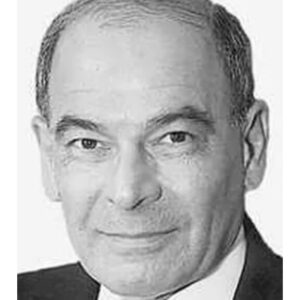

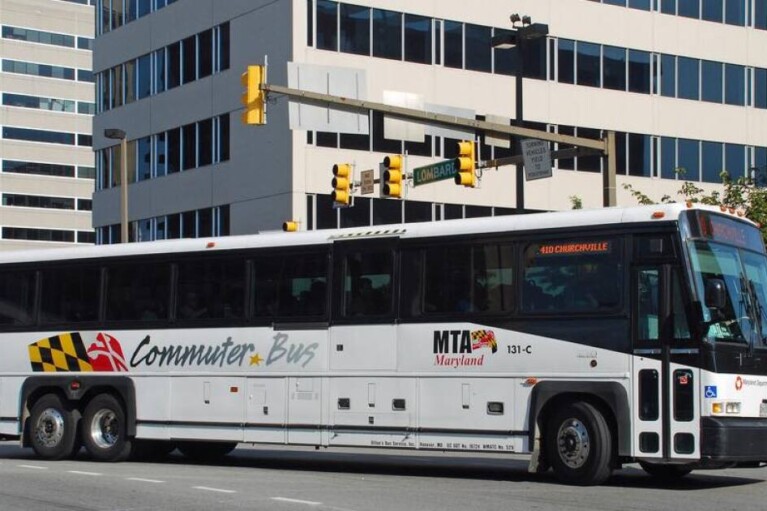
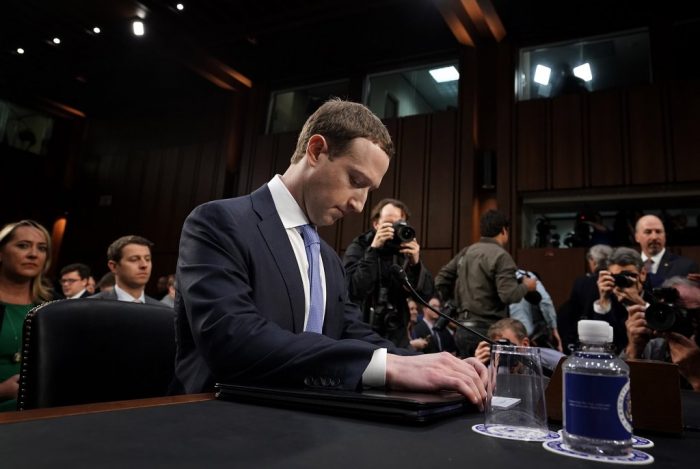
 Creative Commons Attribution
Creative Commons Attribution